What Can You Plant in July in Pennsylvania Zone 6b
Succession planting is a new goal of ours, especially to thwart some of the bad bugs like squash vine borers. With this in mind, I started wondering, what can you plant in July in Zone 6b here in Pennsylvania?!
While we aren’t truly organized or scheduled enough for true succession planting, we ARE already underway with round two of our summer plantings. And for best success, we wanted to keep track of some other plants that are good to start in July in Pennsylvania!
So far, starting July 1 through July 7, we’ve planted round 2 of the following veggies and herbs:
- Marketmore 76 Cucumbers
- Dasher II Cucumbers
- Boston Pickling Cucumbers
- Chicago Pickling Cucumbers
- Yellow Straightneck Squash
- Yellow Crookneck Squash
- Haifa’s Finest Zucchini
- Dark Green Zucchini
- Borage
- Red Burgundy Okra
Later this week I will probably plant some more pole beans, a few bush beans, and some basil. (One can never have too much basil!)
We still need to plant some salad greens like lettuce, spinach and arugula, as well as more snow peas. For those, I think I’ll wait until August this time around.
Wondering about what you can plant in July in Zone 6b? Let’s make a helpful list!
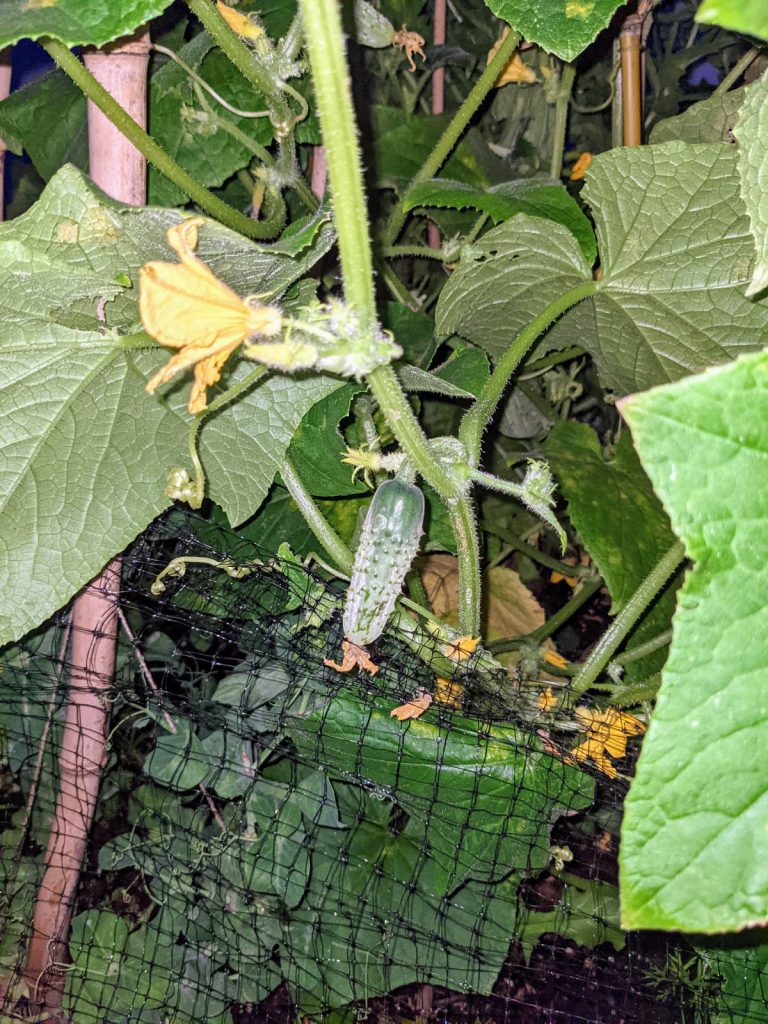
Benefits of Succession Planting
Planting multiple times throughout the growing season brings so many advantages! Succession planting often works best when you plant new crops every 7 to 21 days. Check out the awesome benefits of succession planting:
- Extended Harvest – Succession planting lets you extend your harvest later into the season, multiplying your yield!
- Maximize Your Garden Space – Not all gardeners have vast, limitless gardens, unfortunately. Succession planting makes it easier to try different crops at different times.
- Keep the Harvest Going – With succession planting, gardeners can enjoy a fruitful harvest without interruption.
- Pest Mitigation – Some garden pests like vine borers mate and lay eggs only once per summer. By planting a second round of squash (or at least delaying your planting) you can ensure your crops get fair chance at life.
- Keeping Busy – As if you weren’t already behind on weeding and deadheading, succession planting gives you even more exciting gardening tasks for your to-do list. What gardener doesn’t LOVE planting things?! Especially from seed!
Can You Plant Potatoes in July?
Yes, you can plant potatoes in July. Full-sized potatoes generally take 80 to 100 days to mature for picking. Of course, you can pick potatoes even if they’re small and roast them up as new potatoes or baby potatoes. Potato plants are relatively hardy into the colder weather, as well.
Can You Plant Sunflowers in July?
Yes, you can plant sunflowers in July. Most sunflowers take between 70 and 100 days to mature and bloom. Here in zone 6b, sunflowers planted in July would mature and bloom in September or October. If your zone allows for 70 to 100 more days of frost-free temperatures, go for it!
Can You Plant Tomatoes in July?
Yes, you can plant tomatoes in July. Aim to plant your tomatoes no later than the third week of July to allow enough time for harvest before frost. Sometimes tomatoes practically plant themselves, coming up as volunteers from your other tomato plants or the previous season’s dropped seeds.
Our website features affiliate links to products that we personally believe in. If you make a purchase from a link on our site, we may earn a small commission at no cost to you. Thank you! This helps our girls chase their garden dreams! Thanks for your support. (View full affiliate disclaimer at the end of the page.)
What to Plant in July
Get your next round of planting done in July! As you ponder what vegetables to plant in July – or which herbs – give some consideration to these great crops!
- Arugula – With leaves you can harvest in as little as 2-3 weeks, arugula is a great choice for succession planting in July and all summer long.
- Basil – It’s impossible to have too much basil! Plant lots and often so that you can make pesto and Italian dishes all season long!
- Beans – Quick-growing beans work out great for a mid-season planting. Plant beans in July to extend your harvest once your early summer crop finishes up.
- Beets – You can harvest beets in as little as 7-8 weeks, so be sure to consider a July planting if you wish for more beets to replace those you eat.
- Broccoli – Typically a cold weather crop, you can plant broccoli in July for a late fall or early winter harvest. Be sure to protect against the cabbage white butterfly for broccoli and other brassicas!
- Cabbage – Some varieties of cabbage take only 80 days to harvest. Start earlier or choose starter plants if you wish for those that take as long as 180 days.
- Carrots – Carrots can grow nicely even into the colder weather, so be sure to do some succession planting in July. Better plant extra in case you also have the friendly black swallowtail butterfly checking out your garden!
- Cauliflower – Ready to harvest in 50-100 days, you may be able to squeak in a cauliflower haul if you plant in July. If you’re not sure, try starter plants instead.
- Cilantro – Taking just 45-70 days to reach maturity, cilantro is a great herb to plant in July. Harvest once per week to delay bolting, or let it go if you wish to harvest some coriander.
- Cucumbers – Sometimes whacked by the dreaded vine borer and squash bugs, plant quick-growing cucumbers in July to enjoy a bountiful harvest later in the season. Most cucumber varieties take between 50 and 70 days, making this crop an ideal choice for what to plant in July. (Don’t forget about pickling cucumbers, too!)
- Kale – Delicious and packed with vitamins and antioxidants, kale grows quickly enough to enjoy in your salads or smoothies in a matter of weeks. Again, defend against the cabbage moth so you can actually enjoy your harvest!
- Kohlrabi – This unique crop takes around 50-70 days to mature and would work out well as a contender for what to plant in July. Kohlrabi grows fast and likes the heat, so take advantage.
- Lettuce – Not all lettuce varieties will do well in the heat of the summer, but some will do just fine. Plant heat-tolerant lettuce like Butterhead lettuce, Oakleaf and other loose-leaf lettuces. You may get away with Romaine in July, or you can wait until August and do some more succession planting with your lettuce to truly extend your harvest of lesser heat-tolerant types.
- Okra – Surprisingly ready to harvest in just 50 to 65 days, okra is a fun and unique vegetable to plant in July. These workhorse plants can keep you busy picking for 10-12 weeks!
- Peas – Generally known to like cooler weather, peas tend to take between 60 and 70 days to reach maturity. Different cultivars and types could keep you picking until frost.
- Potatoes – Look for a minimum of 10 weeks for your potatoes to reach a size you can cook and eat. Some potatoes tolerate the cold fairly well and you may be able to extend your harvest a little later still.
- Radish – Fast-growing radishes work out great for succession planting and add a little spice to your salad. Ready as quickly as three weeks for some varieties, radishes give you a swift return on your labor and effort.
- Rutabagas – Rutabagas generally take 80 to 100 days to mature, so you can likely enjoy a fall harvest if you’re Johnny-on-the-spot with your July planting!
- Summer Squash – Yellow straightneck and crookneck squash work out great for a mid-summer’s planting in July. Show the vine borers and squash bugs who’s boss with a succession planting or delayed planting so you can miss their egg cycle. At just 45-60 days, summer squash can’t be beat for a July planting.
- Swiss Chard / Rainbow Chard – Wish harvest possible in just 4-6 weeks, Swiss chard and rainbow chard make great choices for what to plant in July.
- Turnips – Taking just 40-55 days to harvest, turnips work well in July plantings if you like the taste!
- Winter Squash – When fall and winter arrive, you’ll be glad you planted some winter squash. These varieties store very well and July is a great time to start butternut squash, acorn squash, Hubbard, and others. Most varieties take only about 50-55 days to reach harvest time.
- Zucchini – Vine borers only lay their eggs once per season, so be sure to plant your second crop of zucchini in July, after that phase is already over. Hooray for fall zucchini and squash!
What Flowers Can You Plant in Mid-Summer
You may also wish to plant some flower seeds in July to extend blooms into fall. Just imagine your colorful garden of late-summer and fall blooms.
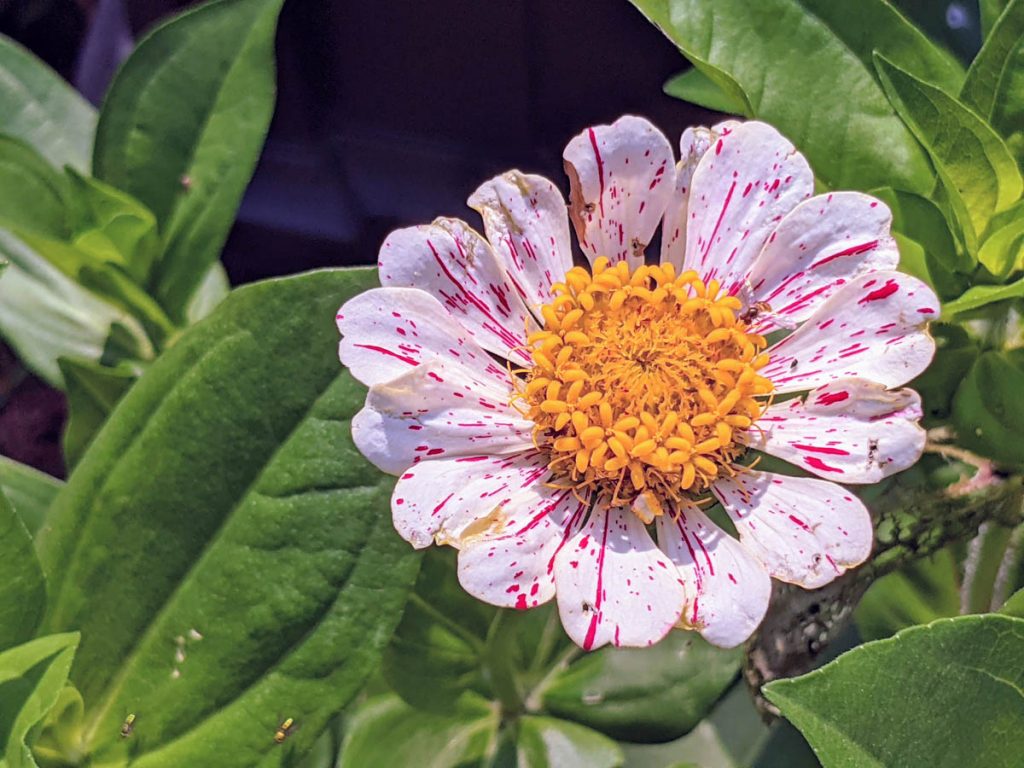
Consider planting quick blooming flowers such as zinnias and cosmos for quick turnaround on color. Marigolds are another favorite for fast growing flowers that boast a pop of color.
Nasturtiums offer pest control properties and lovely flowers and foliage. Unique four o’clocks also grow quickly in your garden.
Finally, you can also plant sunflowers for a lovely fall display.
Final Thoughts: What to Plant in July
Sometimes knowing what to plant in July or any other month is a bit of a crapshoot. You may have all the luck in the world one season and battle every pest known to the garden another.
Gardening seasons bring different experiences every year. I think that’s part of the beauty of it.
Have you had success with what you plant in July in your zone? Do you have questions or ideas to share?
Let’s collaborate in the comments to have our best late summer and fall gardens ever!
By the way, you might also enjoy our other date-specific planting posts!

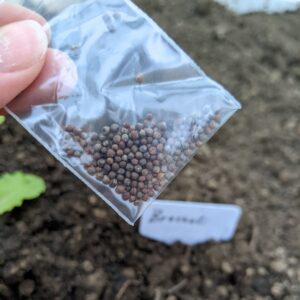
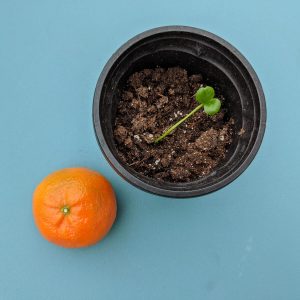
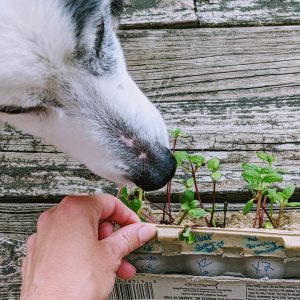
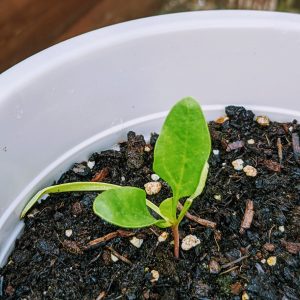
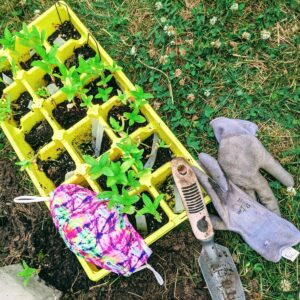
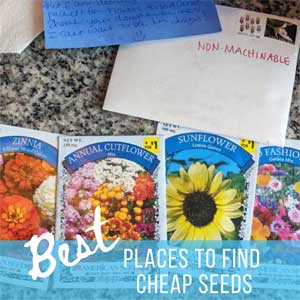
You should get the book “The Year Round Vegetable Gardener” by Niki Jabbour. It is my absolute favorite for planting year round even in a cold climate. I am in PA zone 6 – on a mountain in the woodlands, but she is in Canada and she actually grows year round. You can certainly extend your harvests, succession plant, and get an extremely early jump on the growing season by reading her book. I bought it 4 years ago and still refer to it constantly. I plant constantly, and keep logs of my plantings and do wide row with companion planting. Also, the vine borers are a nightmare. This year I planted cucuzza and green striped cushaw – in addition to but also to replace – squash/zuchini and pumpkin/gourds respectively. They say these two are not affected by the borers. Believe me I have tried EVERYTHING for borers, from row covers to neem oil to surgical removal and even BT (I do organic gardening but those are considered safe for organic gardening. NOTHING WORKS not even succession planting. But we shall see if the cucuzza and cushaw are actually immune to borers, as they say…
Hi Eva,
Thanks for your thoughtful comment – this book sounds wonderful! I have been compiling my own learning experiences over time and love companion planting. It sounds like a great resource for year-round planting, which I would love to do even though we are also in PA Zone 6!
The vine borers are the absolute WORST! I am going to try succession planting anyway and keep my fingers crossed, but I will see if I can get my hands on those alternative seeds to try for next year – thanks so much for putting them on our radar! That sounds like a great plan. We have our stems wrapped in ACE bandage from the Dollar Tree and I’m praying to be able to harvest something this year from our squash patch because last year was a total bust! If you remember to come back and update us on how the cucuzza and cushaw work out, that would be AMAZING!